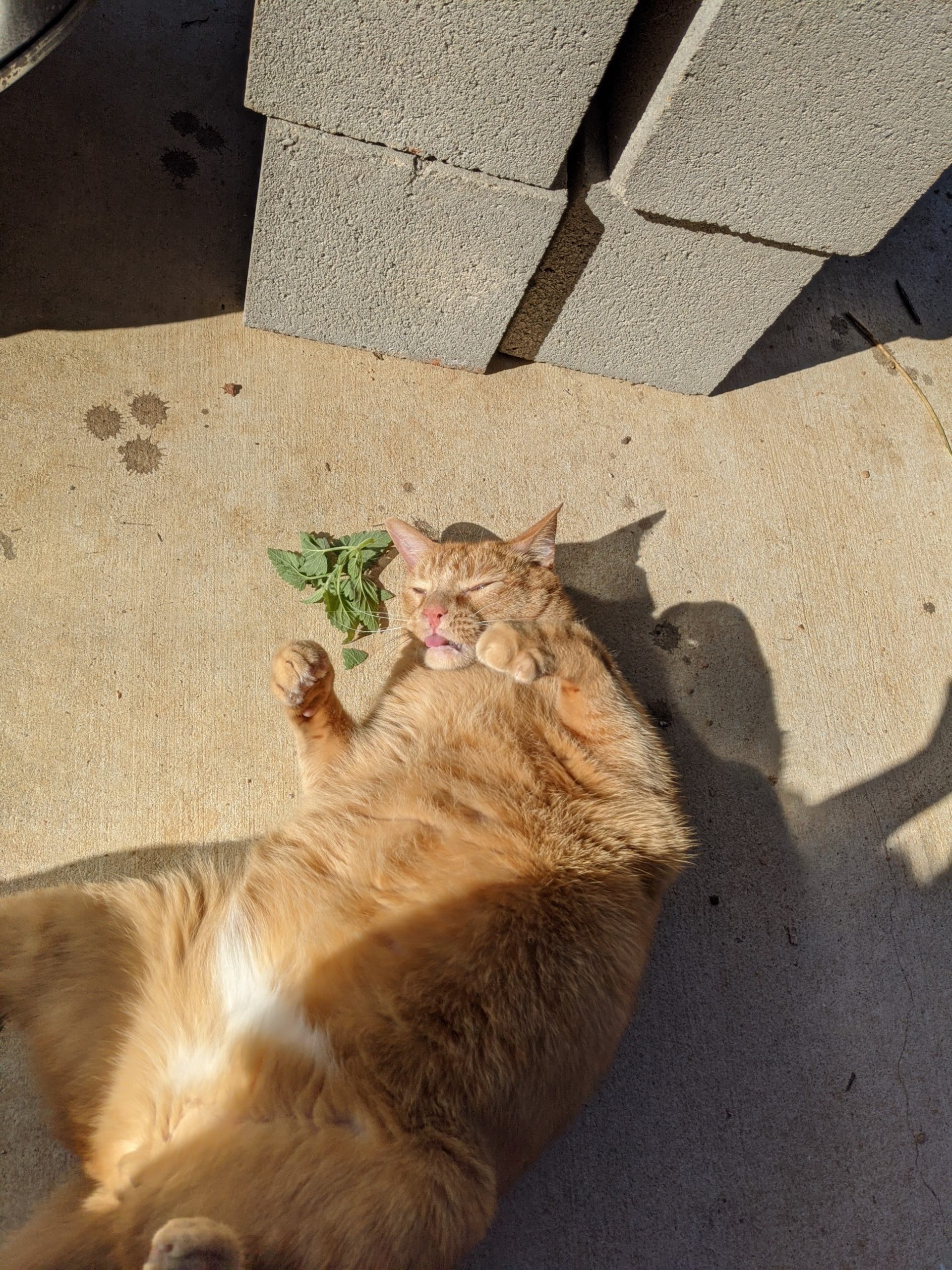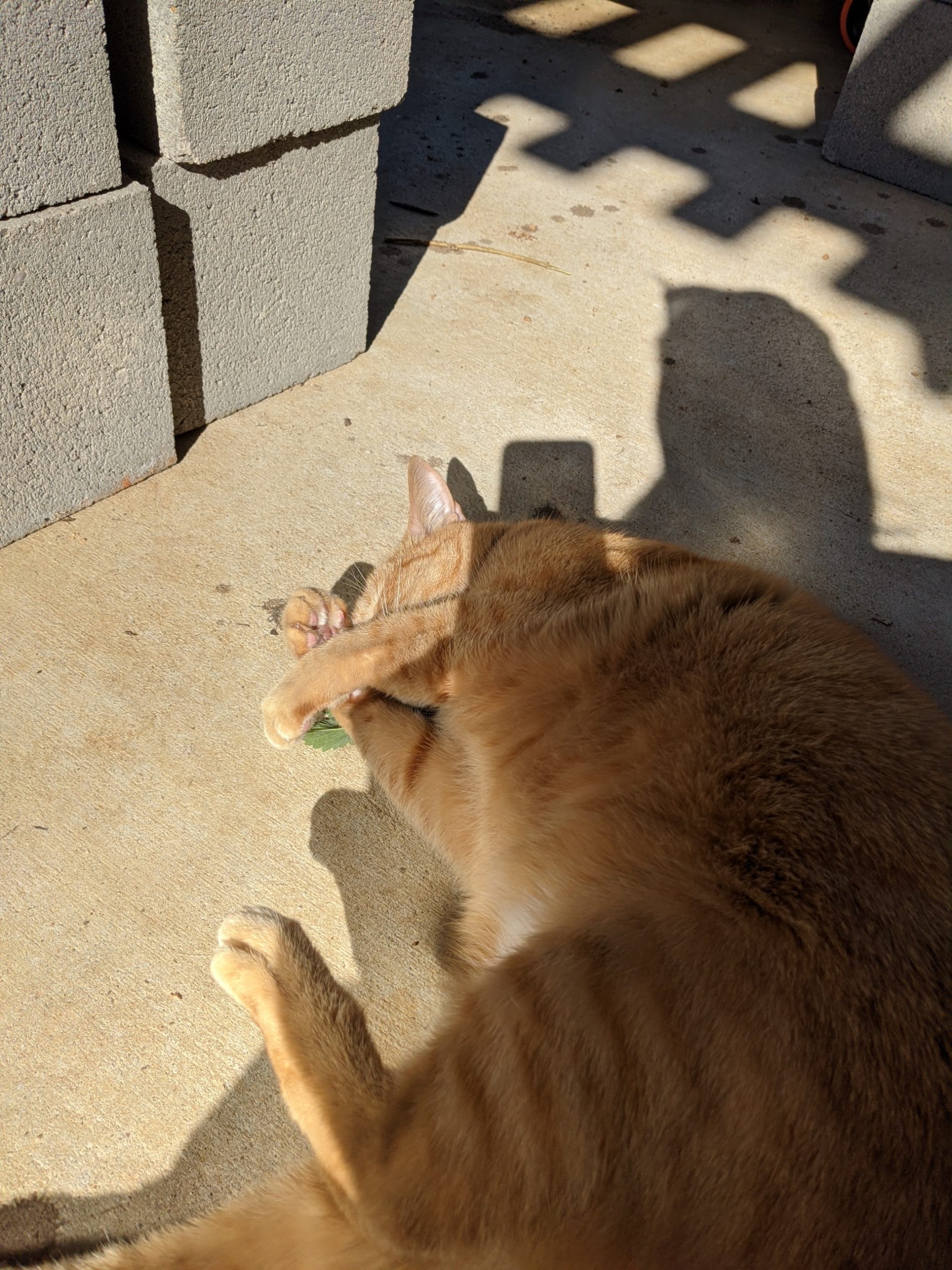Now that winter temperatures have finally arrived in North Texas, the plants that I intend to shelter indoors have settled into their new home in the garage and on my window sill.
I’ve had a combination of LED shop lights made by Lights of America and iPower red-white-blue LED tube with stand to start seeds and grow plants indoor.
On my potting bench, doubling as my seed starting rack, I also have a total of 4 heat mats, to keep my seedlings and starter plants cozy. I recently had to re-purchase an Inkbird temperature controller, and threw in a humidity controller.

I went ahead and also splurged on a 4ft 10-outlet power strip that I attached to the back of the potting bench, and some wifi-enabled Wyze smart plugs to which the lights are connected.

I’m debating if new-tech LED panels versus T5 fluorescents are the way to go for starting and sustaining plants indoors. In the cold conditions of a garage in winter, a fluorescent light fixture might emit enough warmth to keep temperatures tolerable for mature plants, but cook young seedlings. On the other hand, LEDs remain cool enough to be useful in seed starting and can emit full spectrum light, but tend to be higher in starting costs. Longevity and efficiency are also considerations, since fluorescent will use up more electricity and need bulb replacement more frequently.
I have a 77″ tall rolling wire rack ordered which I plan to outfit with lights and store the remainder of my potted plants in order to reclaim some floor space. But finding a grow light to suit the space, budget and light requirements is daunting. I’ve spent days scrolling through the internet reading articles and watching videos on the subject of grow lights; a search that often boils down to which camp you belong to: commercial horticultural operations or cannabis grower. Anything that caters to an indoor plant hobbyist or small scale/home gardener almost always tends to be of low or budget quality.
Can I get by with $15 Walmart lights? I have successfully germinated seeds with the existing light setup I have, but I’m wondering if I can start them faster, stronger, better? Stay tuned!





















